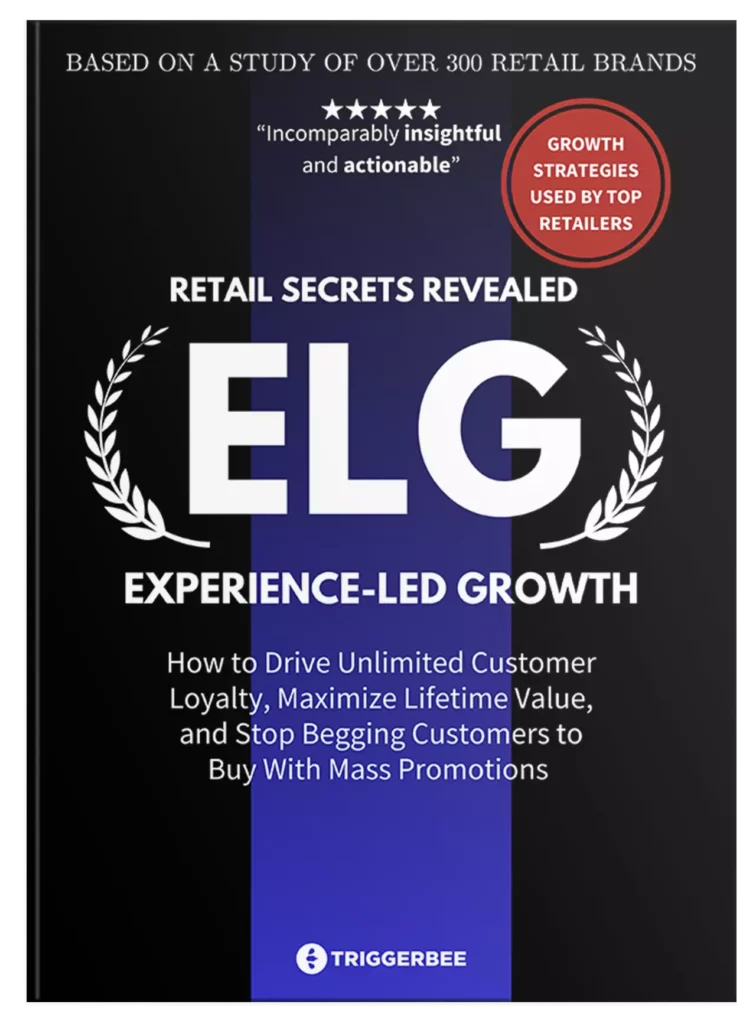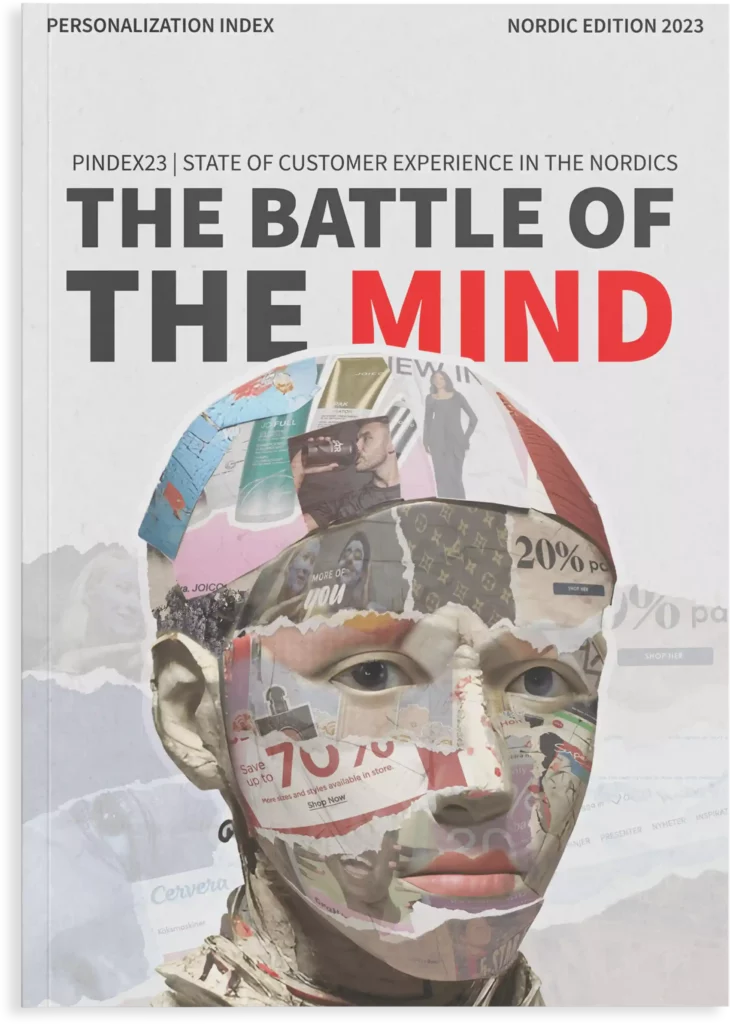It’s 2023 and no one wants to be treated equally anymore.
E-commerce has seen tremendous growth in recent years and most are running on the same technologies and strategies.
How do you stand out in the cutthroat competition?
How do you keep customers coming back to you? Without buying your customers back dearly from Google and Meta. Or chasing first place on comparison services like Pricerunner, with zero margins as a result.
Everyone talks about being data-driven and close to your customers, but what does that look like in practice?
In this post, I look ahead at trends in personalisation for 2023.
1. Owned target audiences and zero-party data
Investing in owned audiences is by far the most important thing you can do for your business and many companies are already running customer clubs etc.
The data that companies collect based on how the customer acts in the relationship with the business, such as completed purchases and behaviour on the website is usually referred to as first-party data.
Information that the member owns and voluntarily gives away in order to have a better shopping experience is called zero-party data.
For example, as an e-merchant, you collect customer data on age, favourite brands, interests, clothing/costume size, skin type, etc.
The information may be collected through, for example, the membership page, forms, competitions or surveys.
If you don’t actively have a strategy for collecting and working with zero-party data, now is the time to do it. Data is the new gold. Purchase history is old information. Zero-party data is forward-looking and the number one strategy you can apply in 2023.
Examples of companies: Triggerbee, Wunderkind, Sleeknote, Intercom
2. Personalised product descriptions via NL/GPT
Imagine product descriptions for thousands of products, written uniquely for each customer. This is now not just a fantasy but a reality with services like GPT (Generative Pre-trained Transformers).
Surely you like everyone else are incredibly impressed by GPT-3 but in 2023, GPT-4 is expected which will be greatly improved led 100 times more data parameters. However, GPT-3 is already good enough to generate really cool product descriptions in any language.
Olof, these rubber boots go great with your newly ordered raincoat! Perfect for when the autumn storm rolls in over Stockholm.
For your MacBook Pro 14″ you will need this 90W charging adapter with USB-C connector.
Examples of companies: OpenAI, Hauptik, Deepmind, Sobolt
3. Strategic segmentation strategy
With today’s CDP solutions, you can create hundreds of segments, but achieving effective personalization with too narrow segments can require too much work in set-up and content creation. Consider which segments you are most likely to be profitable with and define these in your CDP for use across all channels.
Examples of companies: Voyado, Infobaleen , Rule, Custobar, Emarsys
4. Augmented Reality
The use of AR/VR in e-commerce is a trend that has grown stronger recently. These technologies allow users to “try on” products in a realistic way, by displaying the product in their own home or by virtually trying on clothes before purchase. When consumer uncertainty is reduced, the chances of a purchase increase.

The technology is still somewhat immature and it may be a while before we see it take hold in Sweden, but it’s definitely an area to keep an eye on!
Company example: Fibbl
5. Personalised offers and promotions
One trend is to work with personalized offers and promotions. By using data about users’ behaviour and previous purchases, companies can send out offers and promotions that are tailored to the individual user. This could mean offering a coupon on a product the user has shown interest in in the past or sending out a special offer on their birthday.
By controlling who gets access to discounts, you can build loyalty with the right segment, without losing too much margin.
Examples of companies: Triggerbee, Wunderkind, Yieldify
6. Conversational commerce
Another important trend is the use of chatbots and virtual assistants. These tools can be used to help users with everything from finding the right product to managing orders and returns.
Chatbots and virtual assistants can also be used to collect data on users’ preferences and behaviour, enabling retailers to create a more personalized shopping experience.
Examples of companies: ebbot, soultech, giosg
7. Personalisation of email
Email personalisation is of course a given in 2023. Examples of email personalisation include personalised product recommendations, content and texts tailored to the recipient’s preferences regarding brands, colours, prices, additional services and more.
Companies that successfully implement this will have higher engagement, open rates and higher ROI. Given the changes in iOS updates, you’ll have to look less at open rate, and instead focus more on other elements of engagement, such as clicks and onsite activity.
Examples of companies: Voyado, Rule, Custobar, Emarsys, Klaviyo
8. Adaptive content
Adaptive content adapts and delivers content to individual users based on their preferences, location and other data points.
Content on the website can be adapted based on the user’s context and preferences. Videos can be generated, including, for example, the user’s name.
Examples of companies: Triggerbee, SEEN (video)
In summary
2023 is the year when personalisation becomes a critical differentiator for most businesses.
Do you have a trend that I missed?





